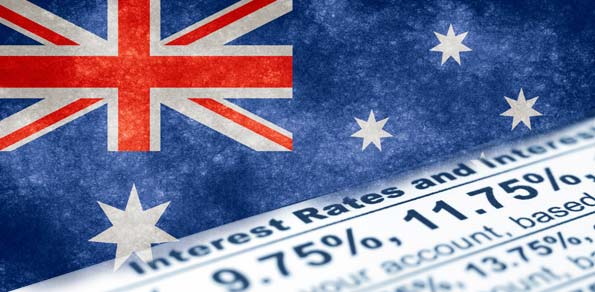The recent reports released by the Australian government showed a reduced demand for the 4th quarter of 2011 and into 2012. Taking a broader perspective, although Australian growth outcomes have been better than most other advanced nations, Australian growth has still been stuck at a sub-trend pace for four years.
Given the persistent weakness in the actual composite, it is not surprising that the net capacity utilization indicator remained well below ‘normal’ at – 21 % in Q1 2012. Indeed, this indicator suggests that the manufacturing sector has been working below its ‘normal’ level of capacity utilization for almost four years.
In contrast to the actual Composite, the expected composite rose in the March quarter to 51.6, a level consistent with expectations of modest expansion. In the past six months, the expected composite has retraced a third of the 15 point decline that occurred over the six months to September 2011.
In the first quarter of 2012, the Australian Westpac–ACCI actual composite dipped lower to 47.4. The index has now been in the sub-50 contractionary zone for a year, averaging 48.1 during that time. That is well below the year to March 2011 average of 54.3, but is still well above the low levels seen in the midst of the global financial crisis.
The sub-50 readings for the actual composite over the past year have pointed towards weak conditions in the sector and, more broadly, a deceleration in domestic demand growth – a trend that has also been evident in the national accounts data.
Despite improving in the quarter, manufacturers remain pessimistic about the future: 11 % of respondents expect the general business situation to deteriorate in the next six months; that is well below the average level of the two years to March 2011 of 19 %, the decade average of minus two % and the full history average of two %. This feeling though, may not be a true response as many businessmen have a negative sentiment, more over disappointment that the RBA did not reduce rates last month or this.
Looking at the overall economy, mining investment is expected to continue to provide strong support for growth in 2012 and beyond, but the non-mining sector is weak and in need of further stimulus. We expect economic growth to maintain a sub-trend pace over the first half of 2012 before easier monetary conditions provide a boost to conditions. Labor market conditions will be key to the outlook for the economy and the Reserve Bank of Australia’s policy stance.
Clearly the strong Australian dollar is having a material impact on Australian manufacturers and, more broadly, the non-mining economy. With activity lackluster and the labor market weakening, there is a very real need for looser financial conditions. Current signs indicate that the RBA will respond by easing policy, beginning in May. This week RBA Chief Stevens is scheduled to give a speech and it is expected that he will give indications as such.





